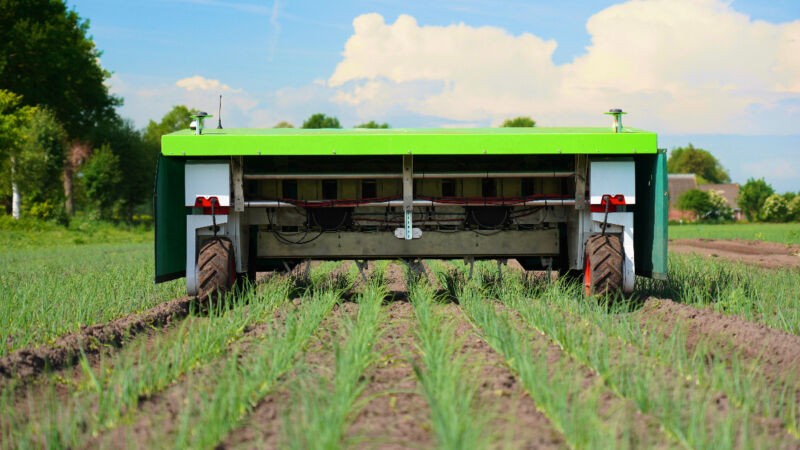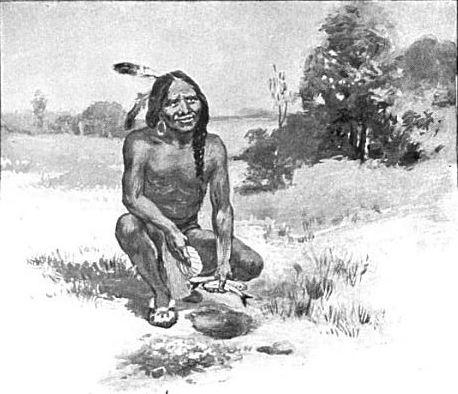We can’t talk about anything in science and technology without talking about the second Starship launch.
(Picture from here.)
I found this one much more exciting than the last one for a few reasons:
- The launch pad didn’t disintegrate and toss material around for miles
- Separation actually happened using a reasonable approach.
- Both components of the craft more or less performed.
Musk has said that the idea is to move fast and break things, learning in the process. That said, this means the process is entered with at least a nod towards something adequately thought out to be tested.
The first starship launch, in my opinion, didn’t rise to that level.
This launch, however, did.
Starship is a two-stage enormous space system. It’s the first system that I think is a contender for the role originally held by the Saturn V. (At two billion dollars+/launch, I don’t think the SLS is a real competitor.)
The thrust for the first stage is far and away the most built by Americans. Here are some comparison numbers:
- Russia Proton: 2,399 kN
- Space Shuttle: 13,000 kN
- Saturn V: 34,500 kN
- SLS: 39,000 kN
- Starship: 74,000 kN
Starship needs that thrust for its payload capacity:
- Russian Proton: 23,700 kg
- Shuttle: 27,500 kg
- Saturn V: 141,136 kg
- SLS: 131,818 kg
- Starship: 100,000 kg
Although, these numbers are little misleading. The design of the first stage of Starship is to get the second stage where it’s going. The second stage is the actual spacecraft with reentry capabilities. Thus, that 100,000 kg payload is payload in addition to the reentry vehicle. In this manner, Starship is more comparable to the Space Shuttle. In the case of the Saturn V, SLS, and Proton, the payload has to include the reentry vehicle. Thus, the true payload would be whatever is being sent up into space minus the coast of the vehicle to get it there. Starship payload doesn’t need to include that.
If Starship is successful, it’s a big change. It doesn’t hurt that Starship is reusable, uses a relatively innocuous chemical process for thrust, and is intended to be a really cheap method to deliver payloads to space. It’s a good example of the economy of scale. Sort of like freight trains: they are already so massive that adding a bit more doesn’t cost all that much.
A lot rides on Starship’s success.
The launch happened. The stages separated. A few seconds later as the booster was trying to get situated for return, it exploded. The second stage proceeded for a few seconds more. There was some kind of gas cloud that showed up and then Starship, the spacecraft, was no more.
What happened is still under investigation. Current hypotheses are: the booster had progressive engine failures causing an explosion. Possibly because it was unable to effectively impart directed thrust so the liquid propellant and oxidizer could be properly pushed into position within the effectively weightless structure. The spacecraft (second stage) aborted possibly due to propellant leaks that would have prevented it from reaching its target.
So: work fast and break things. This launch fulfills that goal.
The terminations aside: launch was good. Separation was good. Texas had no concrete chunk rain as from the first launch. Basic goals were achieved even if the mission was unsuccessful.
Color me cautiously optimistic. I would still like to have an additional option than Starship to launch with. Especially, with someone as volatile as Musk in “charge.”
Moving on with more space news.
Salt glaciers have been detected on... Mercury?
These fall from the same sort of thing discovered in the polar craters of the Moon. There’s evidence of water ice in permanently shielded craters on the poles of Mercury. Not ice ice but glaciers made of salt exposed via meteoric impacts. It’s possible volatiles (read water) might still be there.
These are big, too. Several miles deep.
More on salt, Ganymede may be covered in salt and organic material. This came from the Juno mission currently orbiting Jupiter. There’s some evidence that Ganymede, like some of the other ice moons, might have a deep ocean. Spectroscopic analysis from a recent Juno flyby has shown hydrated sodium chloride, ammonium chloride, and organic (i.e., containing carbon) material. They might have originated from inside of Ganymede in a similar fashion to spouts seen on Europa.
A Chinese AI trained in chemistry has discovered an oxygen catalyst that could be made from meteorites. This catalyst can be used to trigger the oxygen evolution reaction (OER) that delivers oxygen to be used. Best of all, the meteorites in question are on Mars and the OER is against Martian soil.
Maybe we can live off the land there.
Moving from outer to inner space, there are new studies on microbes found within the earth’s crust.
These microbes used to be thought rare but it’s now thought that if we weighed all the microbes in the earth’s crust they would show a greater biomass than all life in the oceans. There’s something alive down there.
The study has been examining the strategies used by these microbes to survive. It turns out there are two basic approaches: minimalist, where a microbe survives by eating the same thing all the time. And maximalist, where a microbe is ready to eat anything anytime.
The cost/benefit of both approaches is interesting. The minimalist approach doesn’t need to invest in a lot of different biochemical machinery because it’s only eating one thing. Hopefully, it doesn’t run out. That’s the bet that microbe has made.
The maximalist approach bets that a lot of different material will show up and it will be ready. But the cost is that it has to keep around a lot of different biochemical machinery to be ready when the food shows up.
Once you have life, it gets into everything. One wonders what might be on Mars.
There’s no understood mechanism on where these deep microbes came from. It presumes that plate tectonics and the reabsorption of rock under the crust is their source. It is highly unlikely they evolved there.
However, (and the however here is mine) there is some new research on prebiotic biochemical pathways. These are biochemical reactions that resemble living systems but don’t require living systems to work. The cited article is describing sugar reactions.
There are a number of biochemically active compounds that all have to be in place for life to happen: nucleic acid chains, proto-proteins, and sugars. Specifically, pentoses: sugars that are made up of five carbons. These are everywhere in living systems. Prebiotic pentose reactions are an integral, and often overlooked, area of research. They are eclipsed by their celebrity cousins, proteins and nucleic acids.
What I find interesting here is that we always talk about life starting up on the effective surface of earth—sea bottoms are part of the earth’s surface. There’s a lot of problems with that scenario, notably how do we keep proto-life from getting swept away. But if the reactions are captured and brought underground, they are isolated enough that they can’t be diluted.
It’s an interesting idea—not likely, you understand. I would expect to see cells or cellular debris coming up from undersea smokers if that were the case. That said, rock is often exposed after it’s been pushed underground. It doesn’t seem unlikely that some of that exposed rock could contain cells.
Going on from that, Chinese agricultural scientists have been working to determine of bacteria could make lunar regolith more like soil. Specifically, they were studying if bacteria could free up phosphorous that could then be taken up by plants. They’ve had significant success.
Lunar regolith is a big impediment to lunar settlements. It’s electrostatic so it gets into everything. It’s made up of essentially not-so-ground glass. Its compounds are not easily picked up by earth plants. So, since we’re not going to seed the Moon with prairie soil from Kansas, we need to make it work for us. This is a step in the right direction.
Finally, we get back on earth with new agribot technology.
I’ve been watching this for a while now. We need to get away from chemical-based farming yet we can’t feed billions of people without industrial scale. The idea of killing everything we don’t want so we can eat the survivor isn’t sustainable.
Enter Sweden’s Ekobot.
Ekobot is a weeding machine. It weeds. Twelve hours a day. Every day. And, if you weed, one of the major reasons we use herbicides goes away. Ekobot weeds onion, beetroot, carrots, or other vegetable fields. It uses an AI and machine vision to figure out what’s a weed and what isn’t. Then, it uses a little finger to pull out the weeds. It looks like a metal finger—there’s a video at the site.
This is smart technology. Using the kill everything and let Monsanto sort it out is dumb technology.
Next time.






